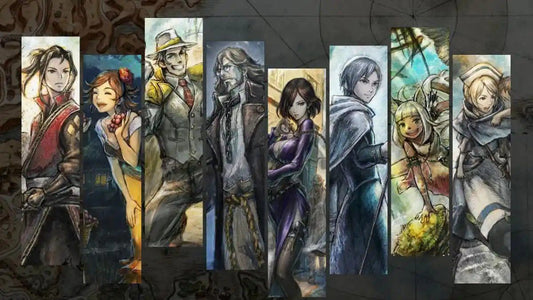Concept Development
The first step in video game design is concept development. This is where the game designers come up with the game's overall idea, setting, and story. It's important for the concept to be engaging and unique to set the game apart from others in the market. The designers will also consider the target audience, game mechanics, and technology used to develop the game.Prototyping
After the concept has been developed, the next step is prototyping. This is where the designers create a basic version of the game to test the mechanics and see how they work. The prototype may be a simple version of the game or a paper prototype that can be tested by playtesters to gather feedback on the game's design. Based on the feedback received, the designers will refine the prototype and continue testing until the game mechanics are smooth and engaging.Game Design Documents
Once the prototype has been refined and playtested, the game designers will create game design documents (GDD). This document outlines the specifics of the game, including the game's mechanics, levels, characters, and story. The GDD will also include details on the game's art style, audio design, and user interface.Art and Audio Design
With the game mechanics and story in place, the designers will focus on the art and audio design of the game. This is where the game's visuals and sound come to life. The art design will include character and level design, while the audio design will involve sound effects and music. Both of these elements work together to create a cohesive and immersive gaming experience.Programming
Once the game design documents are complete and the art and audio design have been created, the programmers will begin coding the game. This involves creating the game's code and programming the game's mechanics, user interface, and artificial intelligence. Programmers will also work closely with the designers to ensure that the game's mechanics are functioning properly and that the game runs smoothly.Testing
Once the game is programmed, it's time to start testing. Playtesting is an important part of the game design process as it allows designers to see how the game functions in the real world. The testers will play through the game and provide feedback on the game's mechanics, difficulty, and bugs. Based on this feedback, the designers will make the necessary changes to refine the game.Release
Once the game has been tested and refined, it's time to release it to the public. This involves marketing the game and making it available on various platforms. The designers will continue to monitor feedback from players and make updates to the game as necessary.In conclusion, video game design is an intricate and multi-step process that requires careful planning, creativity, and attention to detail. From concept development to release, the game design process involves a range of professionals, including designers, artists, programmers, and testers. By following this process, video game designers can create engaging and immersive games that capture the attention of players around the world.





